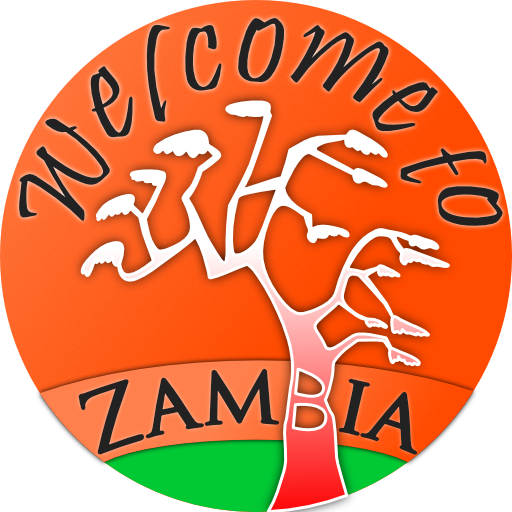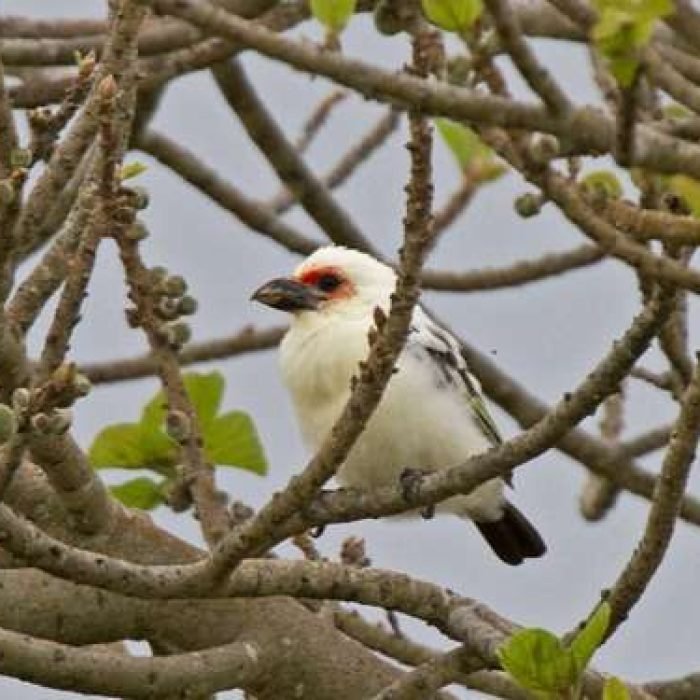Pied Crow
- Corvus albus
- IUCN Status: Least Concern
- Trend: stable

- Kingdom: Animalia
- Phylum: Chordata
- Class: Aves
- Order: Passeriformes
- Family: Corvidae
- Genus: Corvus
Share:
General Information
The pied crow is slightly smaller but similar to the white necked raven. Its name in latin translates to “white crow”. The Maasai people call it Ol-korrok from the sound of its call. It is considered annoying but not a bird of ill-omen.
Fun Facts!
Crows are very smart creatures. They have excellent memories and are able to hide food in many caches, move it several times, and remember exactly where it is. They will also tap birds’ eggs against a branch to crack them open. They have also been seen dropping nuts so that cars will drive over them, picking up the contents after the shell has been crushed. They have been observed dropping stones to crack open ostrich eggs.
For its size, a crow has the biggest brains of all birds aside from some parrots. The brain-to-body ratio is the same as that of chimpanzees and is not far from that of a human. For example,
Description
It is a glossy black head and neck are interrupted by a large area of white feathering from the shoulders down to the lower breast. The tail, bill and wings are black too. The eyes are dark brown. The white plumage of immature birds is often mixed with black. It resembles the white-necked and thick-billed ravens but has a much smaller bill.
- Wingspan: 32.8 to 38.8 cm
- Weight: 520g
- Lifespan: 6 - 20 yrs
Ecology and Behaviour
The voice is often described as a harsh “ar-ar-ar-ar” or “karh-karh-karh”. Pied crows are generally encountered in pairs or small groups, although an abundant source of food may bring large numbers of birds. The species behaves in a similar manner to the hooded and carrion crows. In Dakar, birds have been observed mobbing passing ospreys and snake eagles but avoiding black kites.
Diet
The pied crow is an omnivore that gets all of its food from the ground, trees, etc. including injured wildlife such as insects and other small invertebrates, small reptiles, small mammals, young birds and eggs, grain, peanuts, carrion and any scraps of human food and fruit. It has been recorded killing and eating roosting Fruit Bats and is frequently seen (sometimes in huge numbers) scavenging around slaughterhouses.
Reproduction
The pied crow usually build nests in tall, isolated trees, though sometimes smaller specimens are used, depending on availability. The cross supports of telephone poles are also frequently used, and both sexes build the nest. A clutch of 3–6 eggs is laid from September to November (depending on latitude) and are pale green spotted with various shades of brown. The eggs are normally covered when the incubating female leaves the nest. Incubation is 18–19 days and the young are usually fledged by around 45 days. Both sexes rear the young.
Conservation
It is listed by the International Union for Conservation of Nature (IUCN) as a, ” Least Concern “.
Distribution and Habitat
The pied crow can be found almost throughout Africa except for the equatorial region and north Africa. It is rarely seen very far from human habitation, though it is not as tied to the urban way of life as the house crow (Corvus splendens) of Asia.






